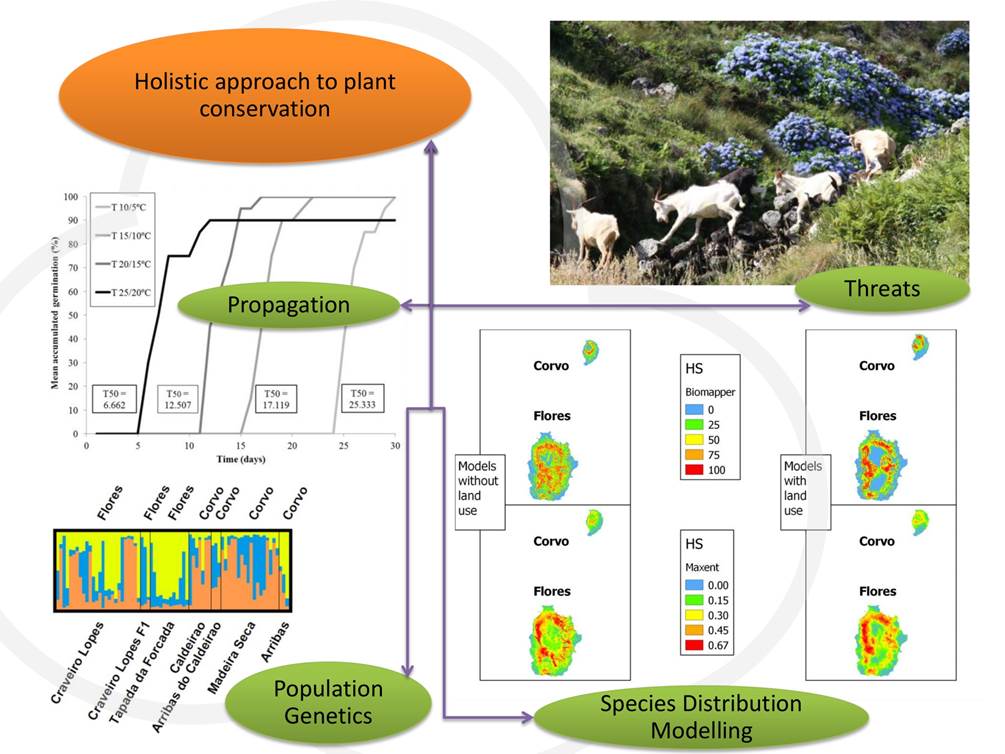THE AZOREAN FLORA AS A REGIONAL AND GLOBAL STUDY MODEL: ACHIEVEMENTS AND FUTURE CHALLENGES


During the first decade and a half of the 21st century the amount of research devoted to the Azorean vascular plant flora has increased substantially. From species lists to the description of new taxa, many significant results were achieved. We address some of those topics, stressing the major results, and pointing to the main gaps in knowledge. Regarding native species, this was an exciting period, with the clarification of the endemic status of several native taxa. This has shown that a complete taxonomic analysis (i. e. morphological and molecular) should always be used in the description or alteration of taxa designations, to avoid inconsistencies. When considering endemic species for which the research included morphology, phylogeography, population genetics, and conservation, the results are limited, with implications in the soundness of global theoretical analysis and in the design of conservation actions. The evolutionary patterns found are often complex, probably resulting from different mechanisms and different degrees of human intervention. In some cases the polyploid origin of the taxa, vegetative propagation or hybridization might have markedly affected their evolutionary history. In others, the degree of admixture might have resulted from human intervention. For the better studied taxa evidence indicates that evolution might have occurred essentially by anagenesis instead of cladogenesis. Also, the differentiation of the Azorean lineages is probably very recent. The lack of detailed population studies and the inexistence of approved recovery plans, make conservation actions largely ad hoc, eventually downgrading the Azores as a natural laboratory for studying evolution. Although a considerable amount of work has been performed with a few invasive species, this was never integrated into management plans. Several biogeographical studies included the non-indigenous Azorean flora, but much remains to be done in the comparison with other island floras. Regarding community ecology, the Azorean forests have shown particular traits, and anthropogenic change has been modeled.
Luís Silva is a Professor of Plant Ecology and Environmental and Ecological Statistics at the University of the Azores, and he is a researcher at InBIO, Associate Laboratory, Portugal. His research interests are related to the ecology of plant invaders and endemic species. He has been recently working in probability models to describe plant communities and indicators species; and in the use of different modelling approaches to support the management of woody plant invaders.
[Group Leader: António Frias Martins, Biodiversity and Islands]
Image credits: Luís Silva